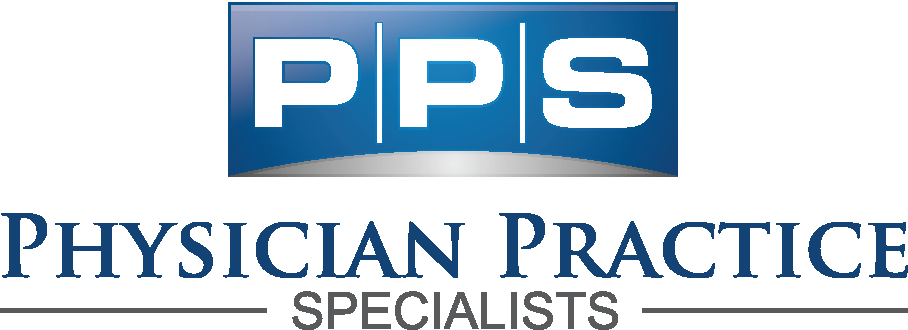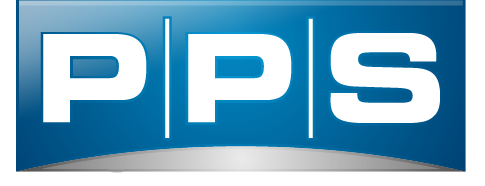Medical credentialing and payor enrollment fulfill distinct purposes in healthcare services. At Physician Practice Specialists, we support clients in navigating these systems to build their practice. Here’s more information about what sets these two processes apart:
Medical Credentialing Purpose:
- Definition: Medical credentialing authenticates a healthcare provider’s competency and qualifications. It coordinates standards from government agencies, insurance companies, and healthcare organizations, verifying that the provider can give patients high-quality care.
- Outcome: Through credentialing, a provider earns the right to perform medical services at qualifying facilities. For more information, visit Physician Practice Specialists – Credentialing and Enrollment Process.
Payor Enrollment Purpose:
- Definition: Payor enrollment allows healthcare providers to receive payment for their services from insurance companies. It involves enrolling the provider in an insurance network and listing them as an approved provider for in-network patients.
- Outcome: Successful payor enrollment enables providers to be reimbursed for services rendered to patients covered by the insurance network.
What does the credentialing process look like?
-
Medical Credentialing Steps:
- Documentation Collection: Providers gather educational histories, licenses, proof of malpractice insurance, a resume showing their work history, and professional references.
- Submission: The collected data is submitted to the committee or agency overseeing the credentialing process.
- Review: The credentialing body reviews the application for accuracy and completeness.
- Determination: The committee makes a determination, granting clinical privileges upon successful credentialing.
- Oversight: Healthcare organizations, insurance companies, or third-party groups may oversee the credentialing process. More details can be found on the Physician Practice Specialists – Credentialing Overview.
-
Payer Enrollment Steps:
- Information Collection: Providers collect necessary information, including contact details, National Provider Identifier (NPI), tax identification number, and credentialing status.
- Submission: This information is submitted through administrative channels to the insurance company.
- Verification: The insurance company verifies the submitted information.
- Enrollment: Upon acceptance, the provider is enrolled in the insurance network. This includes linking the provider to the group’s tax id under the payer agreement or obtaining a new contract.
- Oversight: Typically managed by the provider and the relevant insurance company. For a step-by-step guide, refer to Physician Practice Specialists – Provider Enrollment Process.
Credentialing Timelines
Medical Credentialing (Primary Source Verification):
- Duration: Typically takes up to 60 days due to extensive reviews of the provider’s background, credentials, and licensure. Insurance companies conduct the credentialing process for new providers hoping to enroll and become in-network. For an in-depth look at the timeline, visit Physician Practice Specialists – Credentialing Timeframes.
Payor Enrollment(can include payer contracting):
- Duration: Generally takes 120-180 days, as it involves a thorough review by the insurance company and administrative processing(linking to tax ids and determining fee schedules). Payor enrollment can only be performed after credentialing is complete. The enrollment process typically includes contracting in addition to completing the credentialing process.
Maintenance Requirements
Medical Credentialing:
- Ongoing Maintenance: Requires regular updates and ongoing education to maintain credentialed status. Providers, healthcare organizations, government agencies, insurance companies, and third-party services are all involved in maintaining credentials.
- Compliance: Ensures that clinical privileges remain active through continuous compliance with credentialing standards.
Payor Enrollment:
- Ongoing Maintenance: Requires updates to the insurance company regarding any status changes and may necessitate periodic revalidation.
- Simplicity: Generally requires less management to maintain compared to credentialing.
Experienced Medical Credentialing Services
Our team at Physician Practice Specialists provides comprehensive medical credentialing services nationwide to physicians, nurses, ambulatory service centers, labs, and behavioral health specialists. With extensive experience in launching over 2,000 practices and starting more than 30 new groups each month, we are well-equipped to assist with both credentialing and payor enrollment. Contact us today to schedule a free consultation with our knowledgeable staff.
Updated: 5/24/24
Sources:
- Physician Practice Specialists – Credentialing and Enrollment Process
- Physician Practice Specialists – Understanding Payor Enrollment
- Physician Practice Specialists – Credentialing Process Overview
- Physician Practice Specialists – Credentialing Timeframes
- American Medical Association (AMA)
- Centers for Medicare & Medicaid Services (CMS)
- The Joint Commission
- National Committee for Quality Assurance (NCQA)


